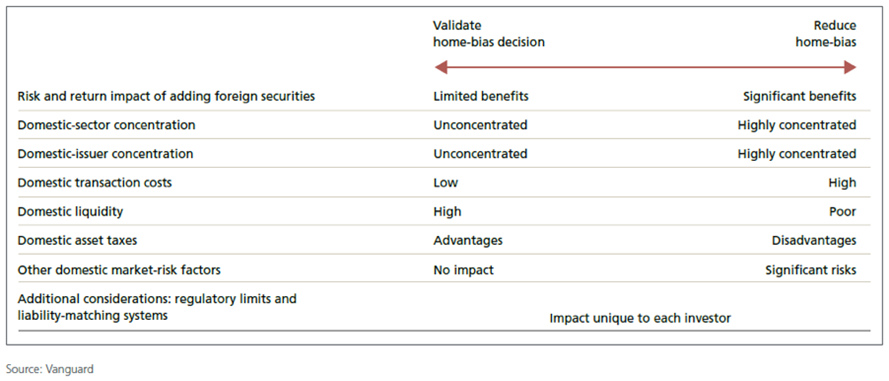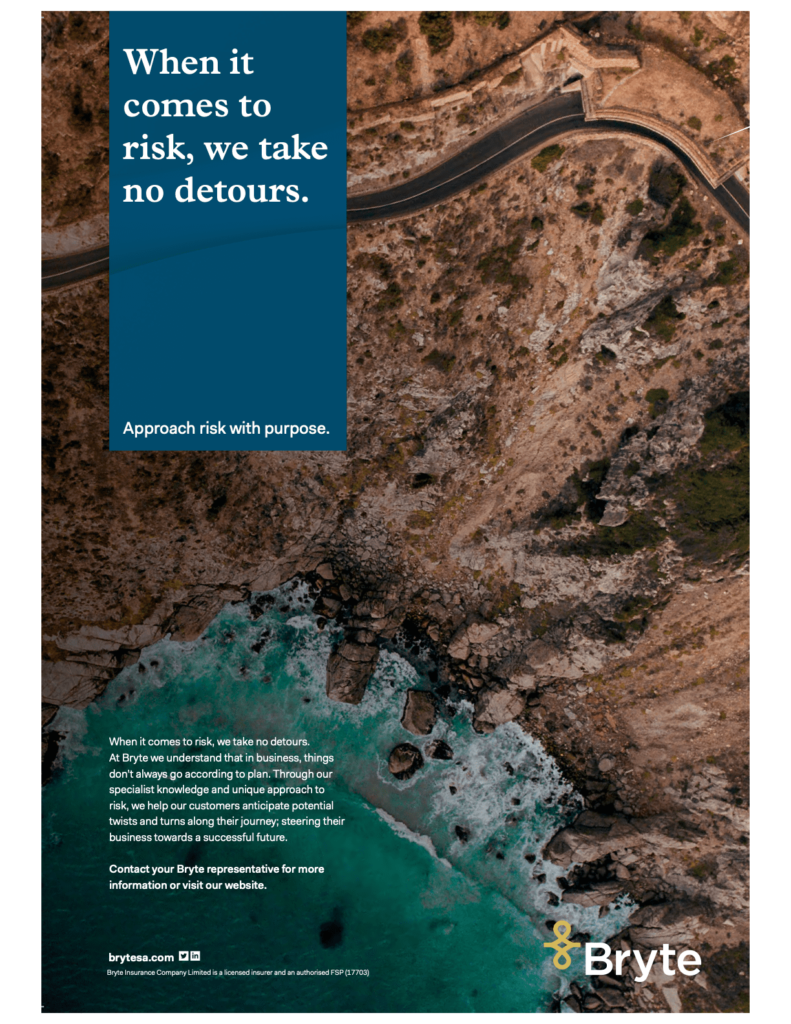Adriaan Pask – Chief Investment Officer at PSG Wealth

Local investors might think the grass is greener on the other side, due to the myriad of challenges our country faces. In recent months, however, we have seen some of the country’s largest and most reputable investment managers warm up to domestic assets, often citing that poor sentiment has created an opportunity too attractive to ignore. So, how do you decide how much of your funds to invest offshore and how much to invest locally?
SA versus offshore
Making decisions solely based on the past can prove quite costly. Our research shows that, over the next 10 years, the US stock market will likely underperform the past 10 years by a long margin. Similarly, the prospects for SA investments seem much better than what was experienced over the recent past. This argument is not centred around economic growth prospects, but rather around valuations. At this stage, it seems all but certain that the US economy will continue to benefit and grow from masses of monetary and fiscal stimulus. Whereas the local economy remains trapped in a dangerous chokehold of poverty, unemployment, and weak productivity. Problem is that the strength of an economy is not always the best proxy for future investment outcomes. When valuations are similar, by all means, go where there is growth.
However, in the current environment, valuations are so high in the US, that our belief is that earnings will only allow firms to grow into their steep valuations – don’t expect much further multiple expansion.
In contrast, South Africa is the underdog – few retail investors expect much to happen here, and it shows in the ratings. Therein lies the opportunity. Although much improvement is required to turn around the economic fortunes of our country, that is less so for its investment landscape. Even a moderate surprise to the upside will see ratings improve.
Looking beyond economic growth and valuations
It’s not all about the investment outlook. There are many other factors to consider. Let’s not forget the first rule of successful long-term wealth creation – diversification. Offshore assets need SA assets and vice versa. They work together as a team. Sacrifice the one, and you sacrifice portfolio diversification. It really is that simple. We always advise a healthy balance, tactically tilted towards the area of preference.
Also remember, just because the US is seen as less attractive, it does not preclude other offshore investment destinations. Emerging markets are brimming with opportunity and Europe is in a similar situation to SA, with moderate upside surprises set to deliver better returns.
Then there are the practicalities of regulations and tax incentives. While the asset allocation in retirement funds may be constrained to a maximum of 30% in offshore equities, this exposure is closer to 40% or 50% when the offshore exposure via rand hedges is considered. According to our calculations, the appropriate level of diversification for discretionary portfolios is around the 50% level. Levels far above 50%, may introduce excessive currency risks and reduce the efficiency of risk management. On the other hand, an exposure too far below 50% would suggest that you are not optimally diversifying to manage portfolio volatility.
SA still has plenty of benefits to offer local investors from a tax perspective, like tax incentives to local investors, retirement fund contribution tax deductions or tax-free investment benefits. Investing locally is also often more cost-effective. One also needs to consider returns on an after-cost and after-tax basis.
Don’t forget to consider sector and issuer concentration
One of the key concerns currently, is that both the domestic and US market is heavily concentrated at the top. Domestically, we have Naspers dominating at a 15% weighting, and in the US the Top 10 stock in the S&P now account for almost 30% of the market capitalisation. Data shows that sectors are not static but evolve over time, making it dangerous to think your portfolio should mirror global weightings. In 1899, the UK accounted for 25% of the global economy, but in 2019 it only accounted for 5.5%. In 1900, the rail sector was the biggest in the US and the UK, while today this sector is nearly non-existent and has been replaced by new sectors like health and technology.
Table 1:Factors affecting the decision to invest in foreign assets

No one-size-fits-all solution
Although it would make things easier, unfortunately, there is no such thing as one-size-fits-all financial advice. Each person’s circumstances are different.What we can confidently say is offshore investing plays an important role in terms of diversification and risk management. Any decision to invest offshore must be taken in a considered and sober manner. Contrary to common belief, headlines are not a good predictor of future investment outcomes.


